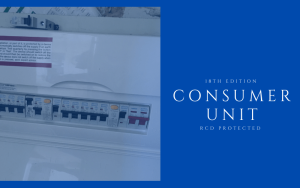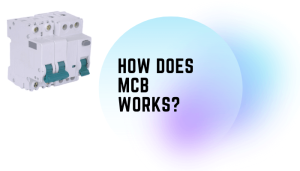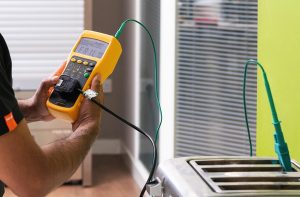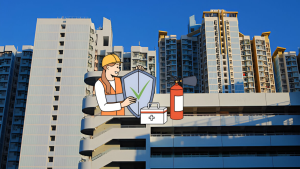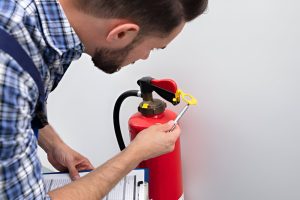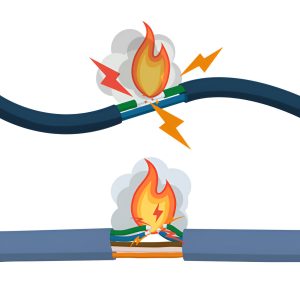As the saying goes, ‘knowledge is power,’ and when it comes to deciphering an EICR, understanding is indeed key.
Deciphering the intricacies of an EICR report may seem like a daunting task, but with a bit of guidance, it can become a manageable process. By breaking down the complexities and shedding light on the underlying principles, you will soon realize the importance of grasping the ins and outs of this crucial assessment.
Stay tuned to unravel the mysteries of EICR interpretation and unlock the secrets to making informed decisions that can impact the safety of your electrical systems.
EICR Overview and Significance
The Electrical Installation Condition Report (EICR) serves as a fundamental assessment tool ensuring the safety and compliance of electrical installations. The EICR benefits are vast, including safety assurance, risk prevention, and adherence to compliance standards.
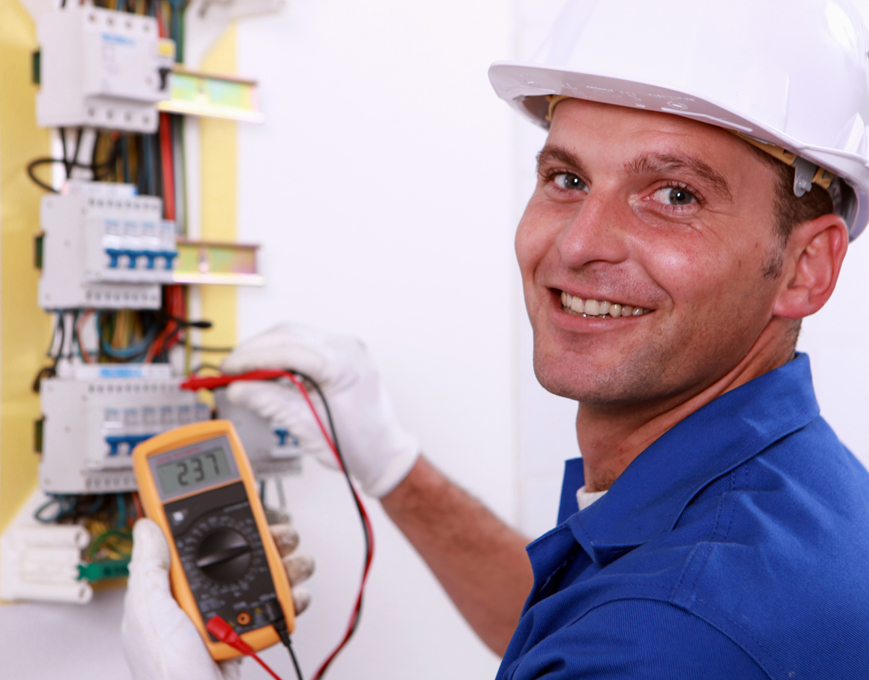
Through rigorous electrical inspections, potential hazards are identified, preventing fire risks and electric shocks. Compliance with established standards is crucial to maintaining a safe environment for employees, customers, and tenants.
By conducting EICRs regularly, approximately every ten years, the likelihood of electrical-related incidents, such as the 18% of domestic fires in England caused by faulty wiring, is significantly reduced. Neglecting these inspections can lead to severe consequences, making it imperative to prioritize the meticulous examination of cables, switches, and sockets.
Therefore, the importance of EICRs can’t be overstated in ensuring the ongoing safety and functionality of electrical installations.
Details of EICR Inspection
During an EICR inspection, qualified professionals thoroughly examine the electrical installations for safety and compliance. The inspection process involves a detailed assessment of all electrical components, including fixed electrical equipment, consumer units, cabling, and accessories.
Safety measures are paramount, with the focus on identifying any potential risks that could lead to fire hazards or electric shocks. Maintenance tips may be provided based on the findings to ensure the ongoing safety and functionality of the electrical systems.
Risk assessment is a critical aspect, as the inspection aims to detect any issues that could compromise the safety of the premises. Adherence to electrical standards, such as the latest edition of wiring regulations (e.g., BS7671), is fundamental during the inspection to guarantee compliance with legal requirements and industry best practices.
The thorough examination during an EICR ensures that all areas are covered, limitations are identified, and any necessary actions are recommended to maintain a safe electrical environment.
Integration of Thermal Imaging and EICR
Integrating thermal imaging with EICR enhances the efficiency and accuracy of electrical installation inspections. Thermal imaging benefits the inspection process by utilizing infrared detection to identify heat, enabling the detection of overheating without the need for power interruption. This integration ensures safety by allowing for non-intrusive inspections that can pinpoint potential issues accurately.
The safety integration of thermal imaging with EICR is particularly valuable in industries where circuits can’t be easily turned off for testing. By incorporating thermal imaging, heat identification becomes more precise, leading to a comprehensive assessment of electrical installations. This method can be scheduled during off-peak hours to minimize disruptions to daily operations, making it a practical choice for businesses.
Planning for Effective EICR Results
When planning for effective EICR results, meticulous scheduling and comprehensive access to all areas are crucial for ensuring thorough testing and minimal disruptions.
Preparing premises involves ensuring all electrical points are accessible for inspection, including concealed areas like false ceilings and behind furniture. Minimizing disruptions can be achieved by scheduling tests during off-peak hours to avoid affecting daily operations. Notifying staff about potential temporary power interruptions is essential to prevent any inconvenience.
Full access to the entire building is necessary for a comprehensive assessment of the electrical installation. Off-peak scheduling allows for uninterrupted testing and reduces the impact on occupants.
Understanding Remedial Works and EICR Codes
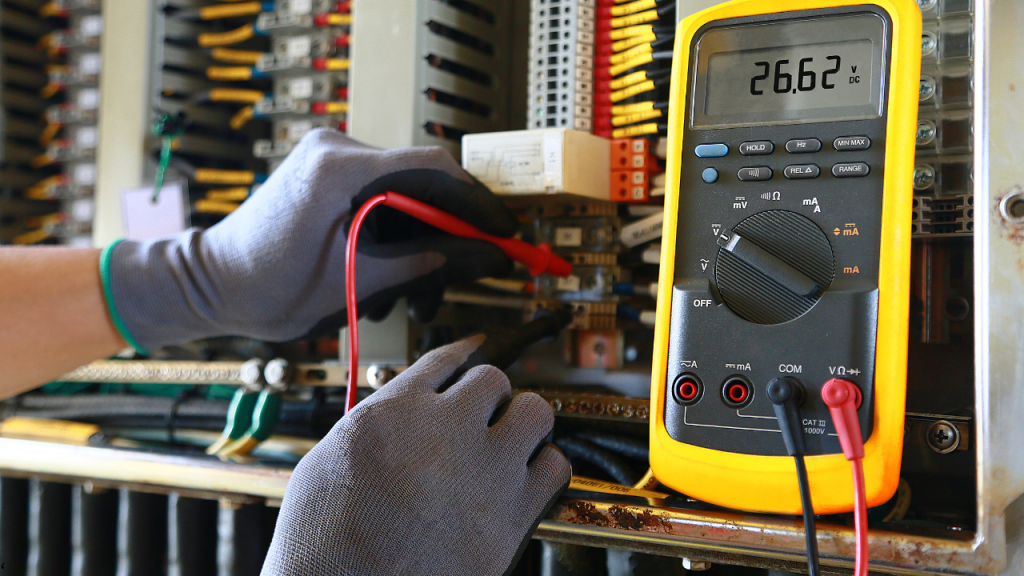
To understand the remedial works needed after unsatisfactory EICR inspections, one must grasp the significance of EICR codes and their implications on electrical safety compliance. Remedial solutions are essential for rectifying faults identified during the inspection process.
EICR codes, such as C1, C2, or F1, indicate the severity of issues found, making the inspection unsatisfactory and necessitating remedial work. When faults categorized as C1, C2, or FI are identified, prompt fault rectification is crucial to ensure safety compliance.
Unsatisfactory EICR reports require immediate attention to address the identified problems. Electrical engineers provide guidance on the required remedial work, with the complexity of repairs determining the associated costs.
Ultimately, the completion of remedial work transforms an unsatisfactory EICR into a satisfactory one, ensuring that the electrical installation meets the necessary safety standards.
Comprehending EICR Report and Compliance
How can one effectively interpret an EICR report to ensure compliance with electrical safety regulations?

When analyzing an Electrical Installation Condition Report (EICR) for compliance assessment, it’s essential to focus on safety standards, risk identification, electrical maintenance, and regulatory requirements.
The EICR report serves as a crucial document that outlines the condition of the electrical installation and any identified issues. Safety standards must be met to ensure the well-being of individuals and compliance with regulatory requirements.
Risk identification involves recognizing potential hazards or faults that could compromise electrical safety. Electrical maintenance plays a key role in addressing any deficiencies highlighted in the report to uphold safety standards.
Compliance assessment involves comparing the findings in the EICR report with the necessary regulations to determine if the installation meets the required standards.
Frequently Asked Questions
Can an EICR Inspection Be Conducted by Anyone Other Than a Skilled Electrician?
No, an EICR inspection cannot be conducted by anyone other than a skilled electrician. DIY inspections are not recommended due to training requirements, the need for expertise, precise reports, compliance with frequency regulations, and safety concerns.
Are There Any Specific Qualifications or Certifications Required for Someone to Perform an EICR Inspection?
To perform an EICR inspection, specific qualifications and certifications are necessary. Skilled electricians must conduct the inspection, ensuring compliance with frequency regulations. Inspection duration varies based on the premises’ size and previous reports.
How Long Does an Average EICR Inspection Take to Complete for a Residential Property?
On average, an EICR inspection for a residential property takes around 2 to 4 hours to complete. The process involves thorough examination of electrical installations, ensuring safety compliance and identifying any potential risks or faults.
Is It Possible to Request a Copy of Previous EICR Reports for a Property Before Conducting a New Inspection?
Yes, it is possible to request previous EICR reports for a property. Reviewing past reports provides insight into property history and inspection details, aiding in pre-inspection research. Request copies to understand the property’s electrical maintenance status comprehensively.
Are There Any Specific Regulations Regarding the Frequency of EICR Inspections for Commercial Properties Compared to Residential Properties?
Frequency regulations dictate EICR inspection standards. Commercial properties often require more frequent checks than residential ones due to higher usage. Access to previous reports aids in understanding the installation history, influencing inspection duration and remedial works planning.
Conclusion
In conclusion, mastering the complexities of an Electrical Installation Condition Report (EICR) is essential for safeguarding electrical systems. By understanding the nuances of EICR inspections, integrating thermal imaging techniques, and planning for effective results, one can ensure compliance with safety standards.
Interpretation of remedial works and EICR codes is crucial for addressing potential hazards identified in the report. Stay informed and proactive in maintaining the safety and functionality of electrical installations through thorough comprehension of EICR assessments.



